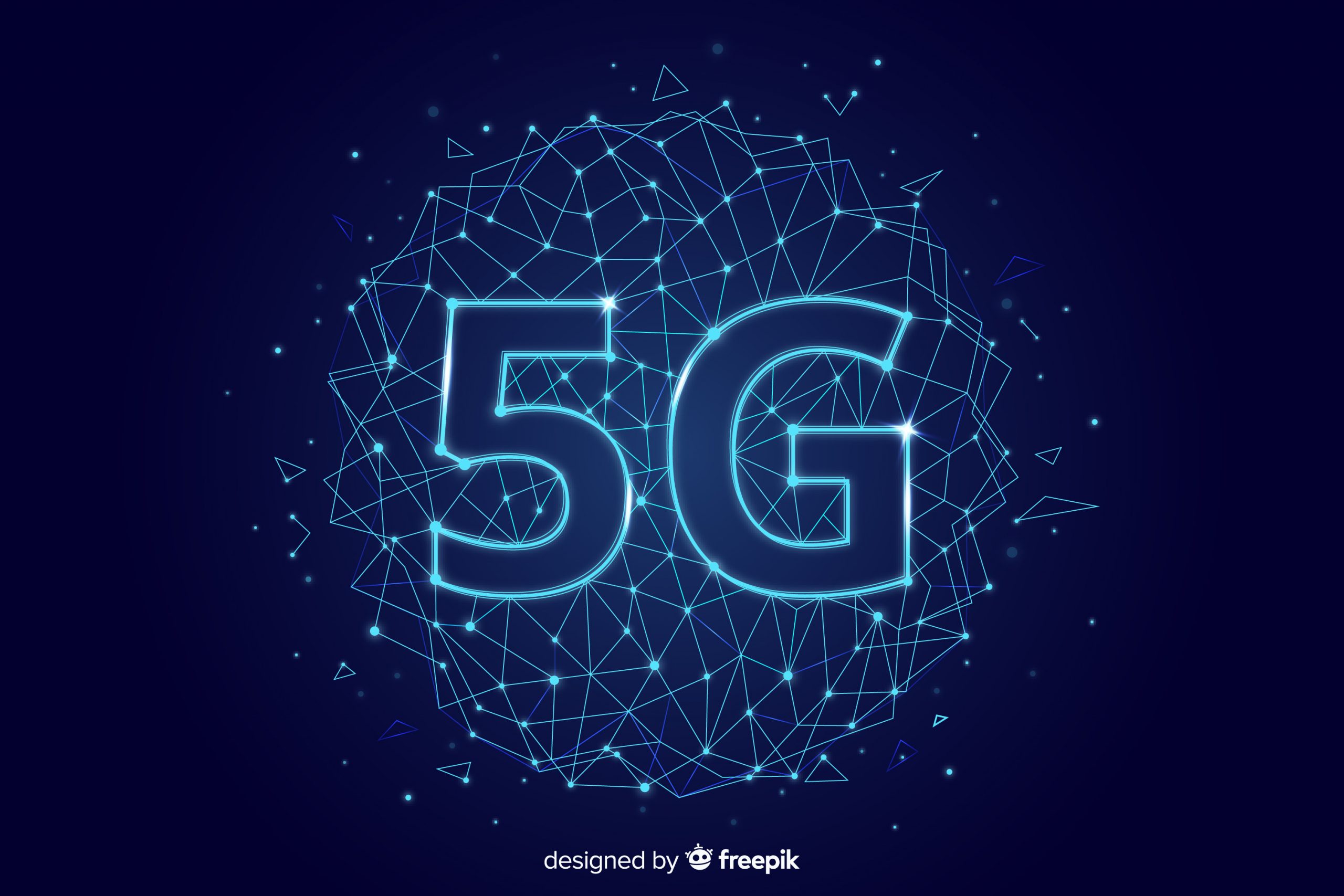Let's Discuss
Enquire NowThe next generation of wireless communication is set to revolutionize the way we use and experience technology. With faster speeds, lower latency, and increased capacity, 5G is poised to transform various industries, including healthcare, entertainment, transportation, and the Internet of Things (IoT).
5G technology operates on higher frequency radio waves, which can transmit data at much faster speeds than current 4G networks. The result is a much more responsive and reliable network, with download speeds up to 100 times faster than 4G. This increased speed will allow for more data-intensive applications and services, such as virtual reality and augmented reality, to run smoothly and seamlessly on mobile devices.
In this blog, we will see a brief overview of how 5G technology works, its benefits, and its challenges.

How does 5G Technology work?
5G technology works by using a combination of different spectrum bands, including low, mid, and high frequencies. This allows for increased bandwidth and faster speeds compared to previous generations of mobile networks. The low-frequency bands are used to provide broad coverage and high penetration, while the mid-frequency bands offer increased capacity and higher speeds. The high-frequency bands, known as millimeter waves, provide extremely high speeds and low latency but have limited range and penetration.
5G technology also uses new radio access technologies, such as Massive MIMO and beamforming, to provide improved network performance. Massive MIMO allows for multiple antennas to be used on both the cell tower and the user device, providing increased capacity and coverage. Beamforming allows the network to direct signals directly to the user device, providing improved performance and reduced interference.
Benefits of 5G Technologyits of 5G Technology
There are several benefits of 5G technology that will change the way we live and work. These include:
- Faster speeds: 5G technology will provide much faster speeds which allows for new and improved mobile experiences, such as high-definition streaming and gaming, and provide new opportunities for businesses, such as real-time video conferencing and data transfer.
- Lower latency: 5G technology will also offer lower latency compared to previous generations of mobile networks. This will provide a more responsive and immersive experience for users, such as real-time gaming and virtual reality, and will also provide new opportunities for businesses, such as remote control and autonomous vehicles.
- Increased capacity: 5G technology will provide increased capacity, allowing for more devices to be connected at the same time. This will support the growth of the Internet of Things (IoT) and other connected devices, such as smart homes and smart cities.
- Improved coverage: 5G technology will also provide improved coverage, offering more reliable and consistent connectivity. This will support new and emerging technologies and will provide new opportunities for businesses, such as remote work and telemedicine.
Challenges of 5G Technology
While 5G technology promises to bring many benefits, there are also several challenges that need to be overcome. These include:
- Spectrum availability: 5G technology requires a large amount of spectrum to provide its improved performance. This means that there needs to be enough available spectrum to support the growth of the 5G network, and this can be a challenge in some areas where the spectrum is already congested.
- Network infrastructure: 5G technology also requires significant investments in network infrastructure, including cell towers and base stations. This can be a challenge for many countries and regions, especially those with limited budgets and resources.
- Interference: 5G technology also faces challenges from interference, as buildings and other obstacles more easily block high-frequency millimeter waves. This can limit the range and penetration of the 5G network and will require new technologies and approaches to overcome.
- Security and privacy: As with any new technology, 5G technology also faces security and privacy challenges. This includes protecting user data and ensuring the security of the network against cyber-attacks.
Despite these challenges, 5G technology has the potential to be a game-changer for the way we use and experience technology.
Conclusion
In conclusion, 5G technology offers a wealth of opportunities for the future of wireless communication. With the increasing demand for faster and more reliable wireless communication, 5G technology is poised to become a driving force in the future of technology and innovation. As 5G technology continues to develop, it is important to consider both the benefits and limitations of this new technology and to plan for its successful implementation and integration into our lives.
Have a project in mind that includes the latest updates in tech? We can be your best partner. At Dexlock, we make it a point to arm ourselves with upcoming technologies in order to provide the best service to our clients. We believe in creating a futuristic world together with visionaries like us. Connect with us here to give wings to your dream.
Disclaimer: The opinions expressed in this article are those of the author(s) and do not necessarily reflect the positions of Dexlock.



